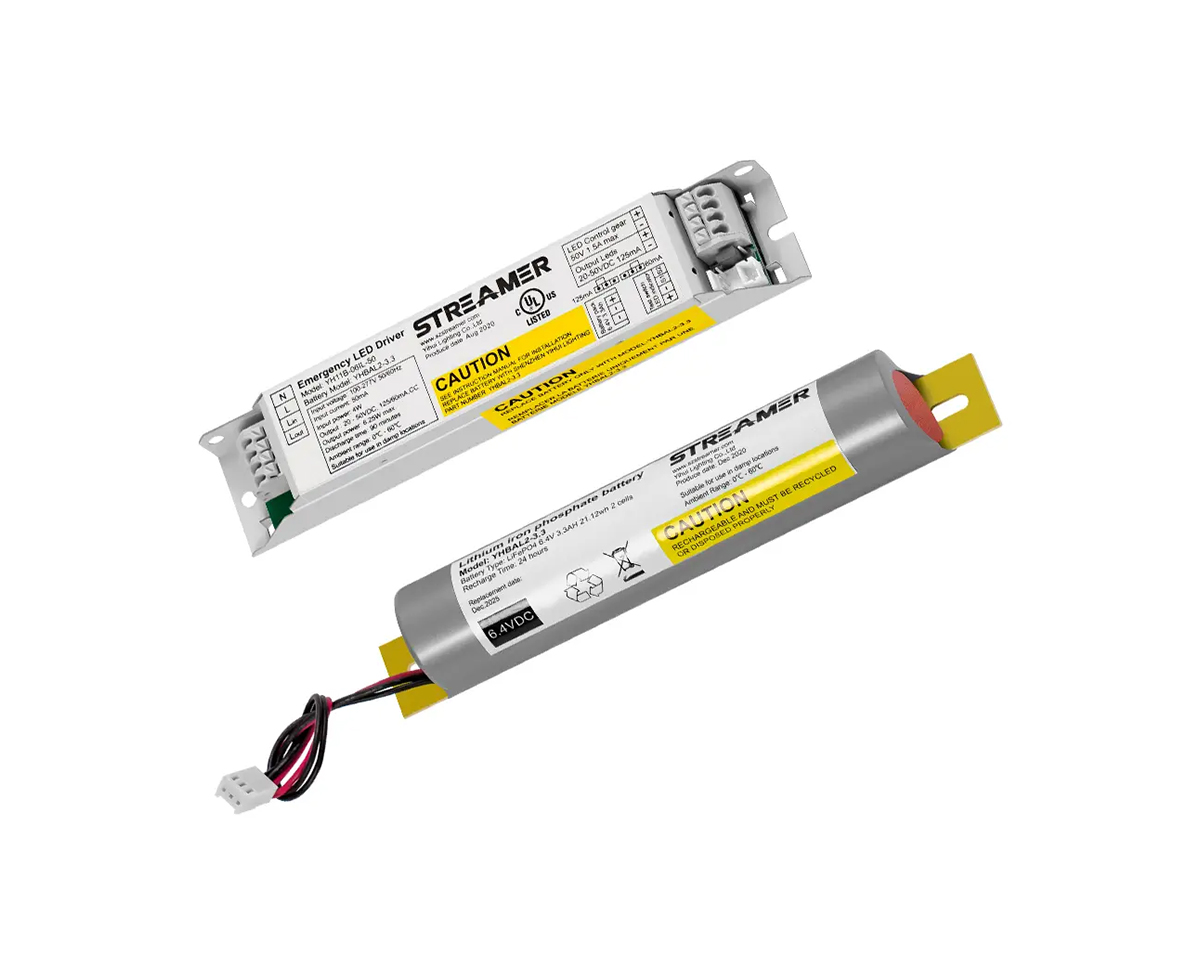 1
1
 May 05, 2025
May 05, 2025

The 5G millimeter - wave band, typically ranging from 24.25 GHz to 52.6 GHz, offers significant advantages such as extremely high data rates and large bandwidths. BBU devices play a crucial role in enabling the effective utilization of these advantages in 5G networks.
One of the key applications of BBU devices in the 5G millimeter - wave band is in beamforming. Due to the high frequency of millimeter - wave signals, they have a shorter wavelength, which allows for the implementation of a large number of antenna elements in a relatively small space. BBU devices control these antenna arrays to perform beamforming, which focuses the transmission and reception of signals in specific directions. This helps to overcome the high path loss and limited propagation distance of millimeter - wave signals. For example, in a 5G millimeter - wave base station, the BBU can adjust the phase and amplitude of the signals sent to each antenna element in real - time to form a narrow and focused beam towards the user equipment (UE), increasing the signal strength at the UE and improving the overall communication quality.
BBU devices also handle the complex signal processing requirements in the 5G millimeter - wave band. The large bandwidths in this band result in a high volume of data that needs to be processed quickly. BBU devices are equipped with powerful processing capabilities to perform operations such as high - order modulation and demodulation, channel coding and decoding, and interference management. For instance, to support the high - speed data transmission rates of 5G millimeter - wave, BBU devices may use advanced modulation techniques like 1024 - QAM and employ efficient LDPC codes for error correction.
In addition, BBU devices in the 5G millimeter - wave band are responsible for network management and control functions. They manage the connection between the base station and the core network, handle user authentication, and allocate network resources. With the large number of small cells typically deployed in 5G millimeter - wave networks, BBU devices need to coordinate the operation of these cells to ensure seamless handover and efficient use of network resources. For example, when a UE moves from one small cell to another, the BBU device in the serving cell communicates with the BBU device in the target cell to manage the handover process, ensuring continuous and high - quality service for the UE.
Furthermore, BBU devices in the 5G millimeter - wave band need to work closely with other components such as Radio Remote Units (RRUs) and antennas. They send the processed baseband signals to the RRUs, which convert the signals to the appropriate radio frequencies for transmission. The integration and coordination of these components are essential for the successful deployment of 5G millimeter - wave networks, and BBU devices play a central role in this process.